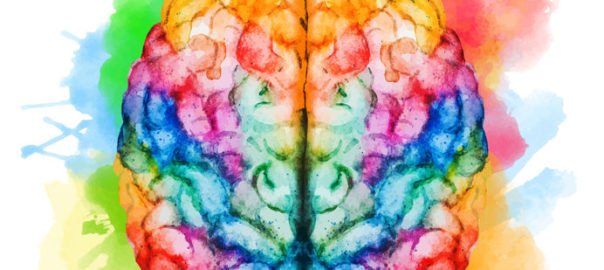What Is Huntington’s Disease, and How Do Stem Cells Treat It?

Huntington’s Disease is a medical condition caused by a mutated gene in the body. Huntington’s disease is a disorder of the brain that results in uncontrolled movements, emotional problems, and an inability to think clearly, or cognition. There is no cure for Huntington’s disease, and most patients live only 10 to 20 years after being diagnosed.
Researchers are looking for ways to treat Huntington’s disease and improve outcomes. The disease is a complex one, occurring differently in different people. One of the problems with coming up with a cure or treatment is that researchers are unable to recreate the disorder in all its complexities in a laboratory. Using stem cells, researchers are able to grow cells that are similar to the ones in different types of Huntington’s so that they can test treatments and medications.
Stem cells are also being used in other treatment options. One of the problems with Huntington’s disease is that nerves are damaged, and this causes the issues of uncontrolled movements. Some researchers are working with stem cells to repair these damaged nerves and slow the progress of the disease. Both embryonic stem cells and stem cells harvested from the patient’s own body are being used in clinical trials.
Huntington’s is a death sentence now, but it doesn’t have to continue that way. With new stem cell therapies, treatments being developed, and new medications being tested on stem cells from Juntington’s patients, the prognosis for Huntington’s disease could be very different in a few short years.


